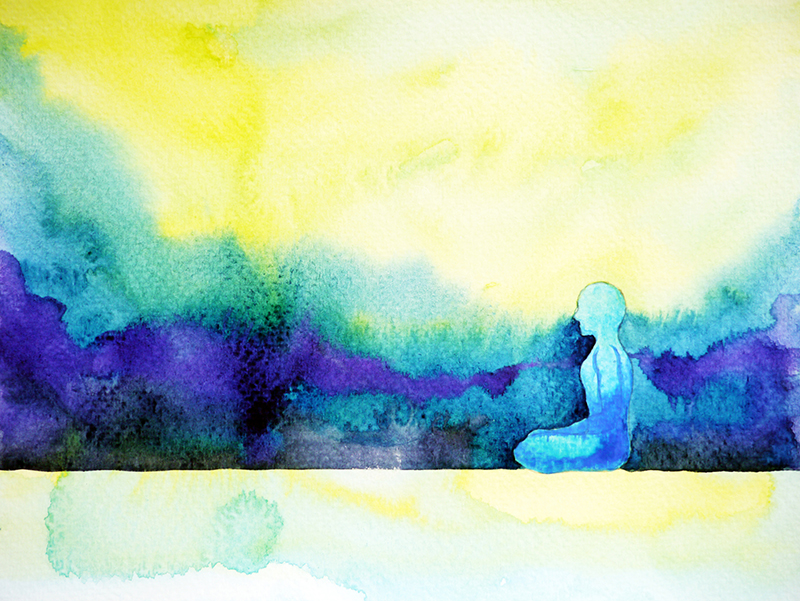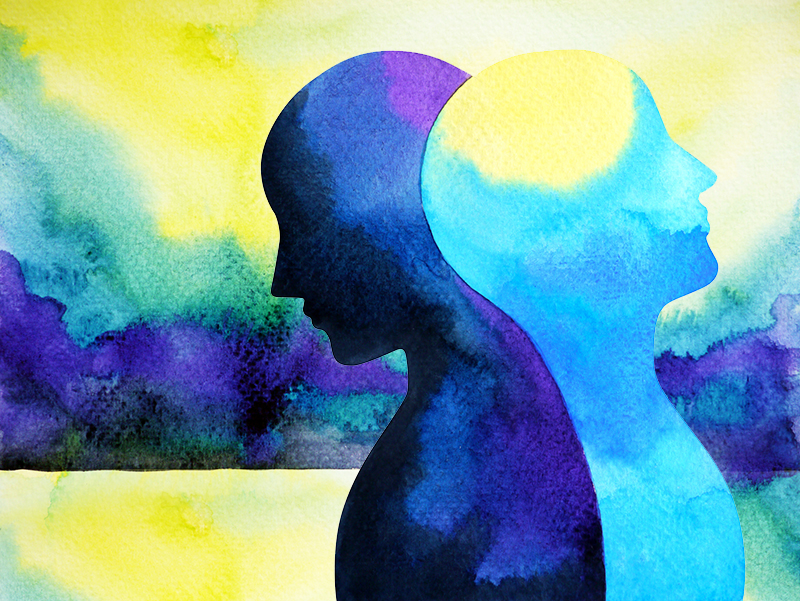
As nonprofit professionals, we work hard to serve our clients and care for the mission. On the flip side, are we doing enough to care for ourselves?
A few of our colleagues would like to share what they do to stay positive, healthy and energetic. “How do I restore my most basic natural resource—myself,” asks Jennifer Moran, leadership director at the Evanston Community Foundation. Find out how she and five other changemakers sustain their well-being.
How do I restore my most basic natural resource, myself? I am not sure I do the best that I could, but there are places and spaces and activities which do fill me with peace of mind. I love to cook. The preparation is my meditation. As I curate a meal, I think about a part of the world I would like to know better through the food. Each culture has a “comfort” food so I start there. It could be a savory Pho, a spicy Korean pancake, or the best homemade Matzo ball; it is the process that allows me to focus and create. Every sense is involved and I love it. The end result requires a beautiful table and honest conversation to honor the effort. It is the moment where my family and guests will enjoy the flavors, the textures and the sharing that comes from sitting together in a circle. The entire experience is what makes me feel joy.
— Jennifer Moran, Evanston Community Foundation
We owe to ourselves to take time to relax and recharge to maintain the focus and energy that drives our commitment to the important work of the nonprofit sector. I personally find exercise, time with family and friends, and catching up on a few favorite TV shows are just what I need!
— Andreason Brown, Spencer Foundation
I read a great deal during the course of the day. I also respond to approximately 300 emails a day. Many nonprofit managers are awash in information, phone calls, emails, tweets, and meetings all day. In order to relax and lower my stress level, I concentrate on my breathing while enjoying a strenuous workout. I sometimes take a walk along the lakefront and look at the water lapping the shore while thinking about nothing else. Sitting on a park bench in a remote area lets me concentrate on a bird formation in the distance until the birds are out of view. I enjoy visualizing a happy experience and thinking about it from start to finish: the best meal from salad to dessert especially a pint of my favorite ice cream, the first time falling in love and embracing that person. Whenever I can, I close my eyes and meditate, pray, or think a kind thought.
— Joanne E. Howard, Ph.D., Illinois Institute of Technology
Learning to value my personal time has been the best way for me to stay positive and energetic while working in the nonprofit sector. For me, relaxing and recharging can be as simple as saying “no” or taking time off. I know I’m not at my best when I’m stressed and exhausted, and I’m not doing anyone any favors if the quality of my work depreciates as a result. Knowing when to take a break and step away makes me a better me – personally and professionally. It’s easy to feel guilty about declining a meeting or taking a vacation, but sometimes you gotta do you.
— Carlos A. Trejo, Marillac St. Vincent Family Services
For me, mindfulness apps have been a lifesaver in terms of helping to create a calm space in my day. Even if I only have a few minutes for a guided meditation, that’s usually enough to help me find some peace of mind.
— Erika Gryniewicz, Heartland Alliance
Like many of my colleagues, it can be a real challenge to find time to unwind. Thanks to my Mom, I grew up learning how to cook and, especially, enjoy preparing dinner now for an always enthusiastic, supportive and appreciative husband – no matter what’s on the table! Is there anything more fulfilling than sharing time with friends and family over delicious, homemade food? I think that’s what compels me to strive so hard at Care for Real to ensure our clients have the same opportunity.
— Lyle Allen, Care for Real
It’s now your turn to share. What do you do to relax, recharge, and return to action with renewed spirit?




